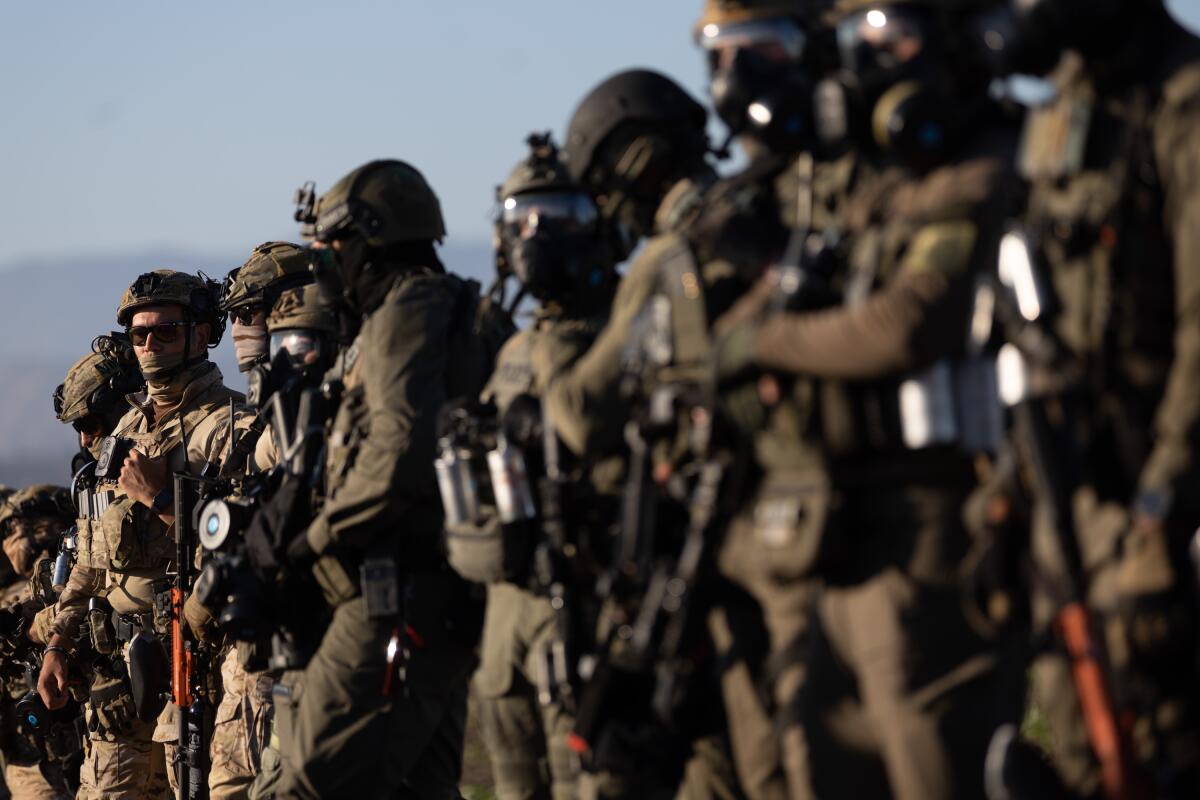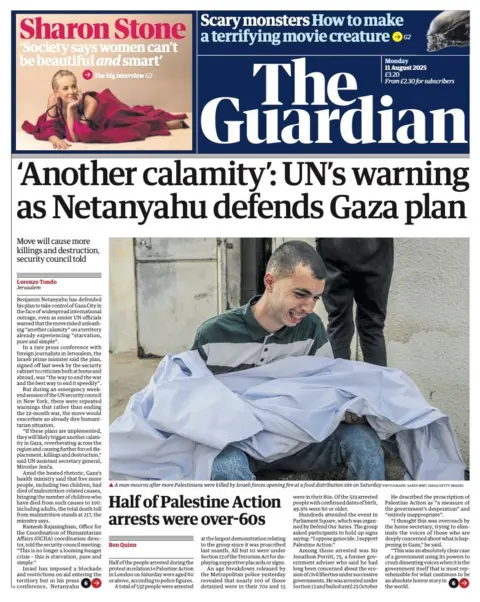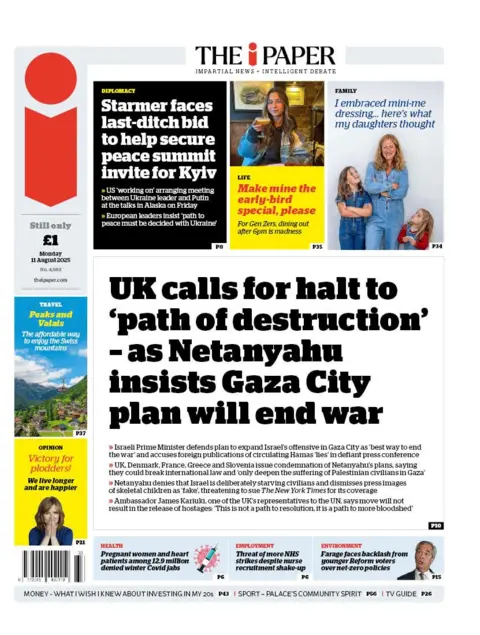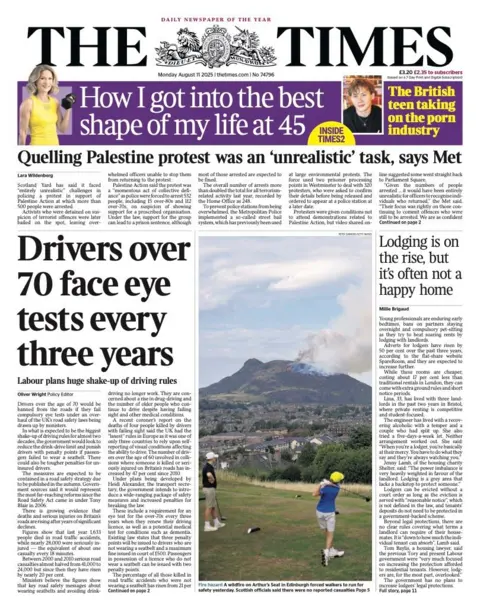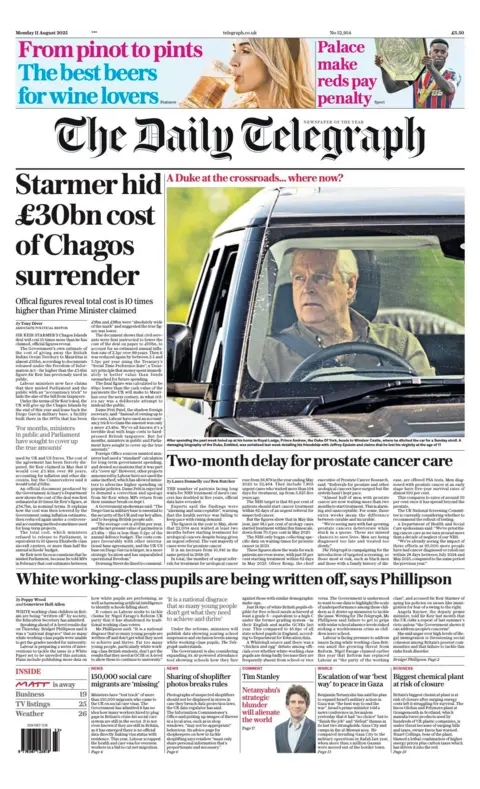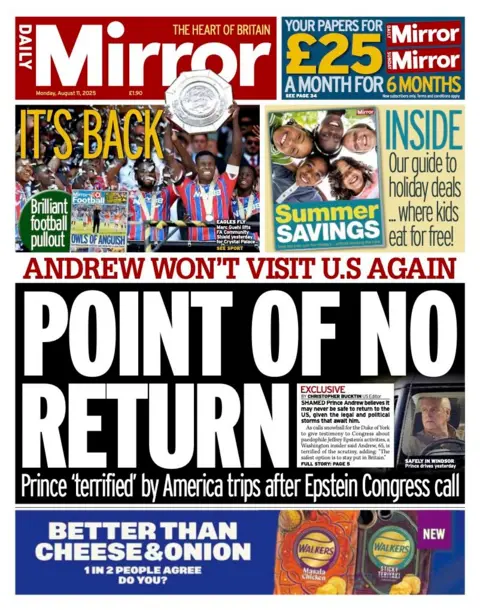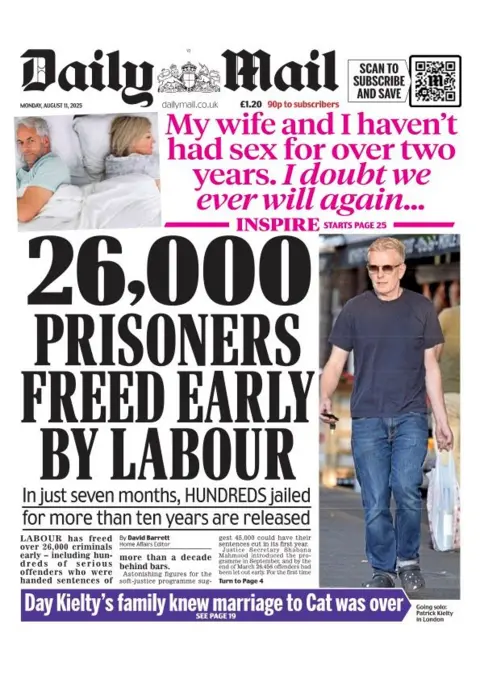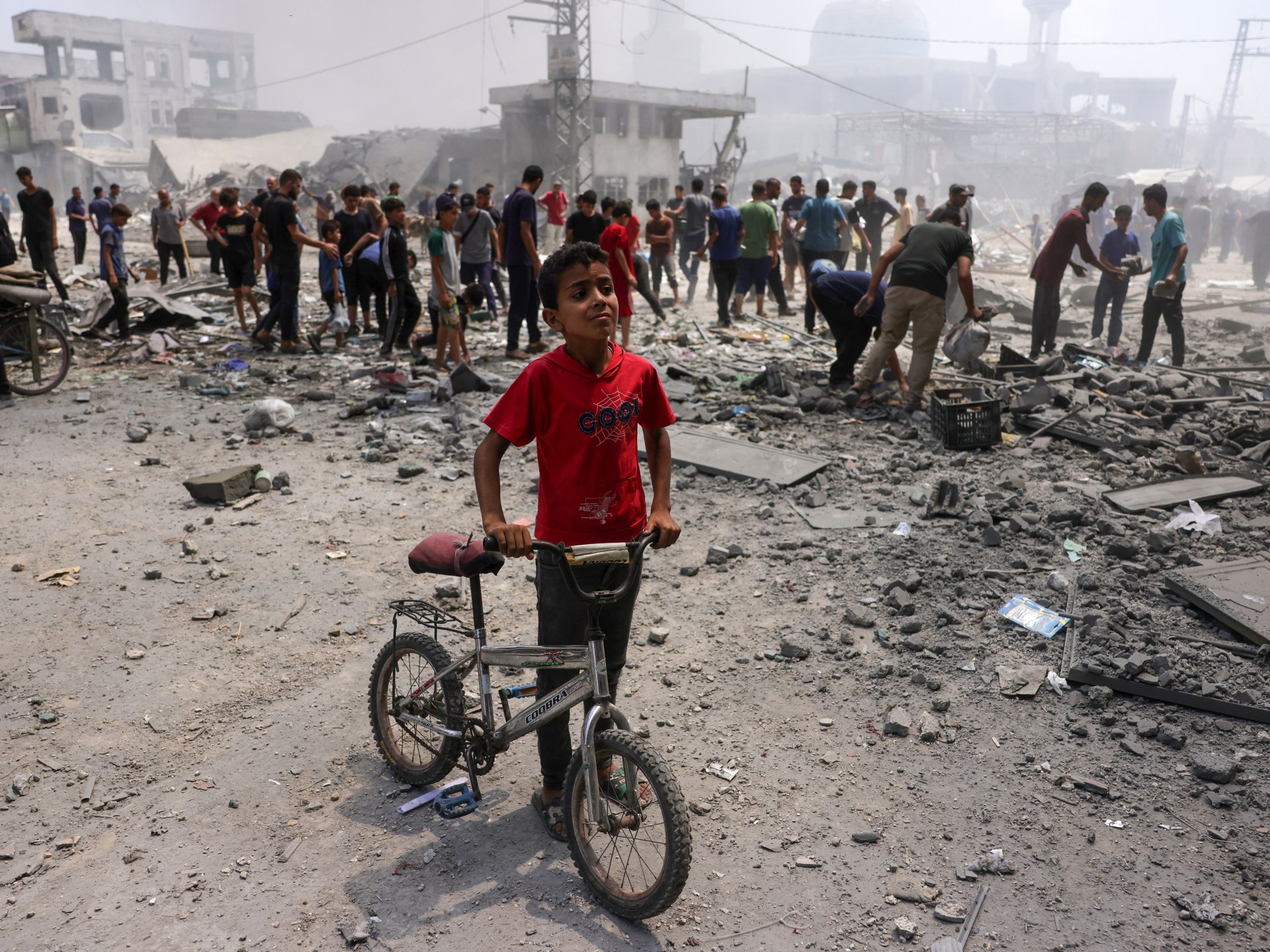Santa Monica faces financial calamity due, in part, to sex scandals
It’s the city that’s proved irresistible for Chappell Roan and marked the finish line for fictional character Forrest Gump.
Santa Monica easily sits among the pantheon of iconic Southern California communities due to its combination of weather, beach backdrop, energy and friendliness.
Yet, that lore has been chipped away by sexual scandal, stagnation and, more recently, by another bubbling calamity.
My colleagues Salvador Hernandez and Richard Winton documented last week that Santa Monica is on the brink of financial crisis, with hundreds of millions of dollars in sex abuse settlements draining the city.
How Santa Monica fell into this predicament and the measures it may take, including cutbacks, to remedy this situation are the focal points of their article.
Let’s take a look at their reporting.
Newsletter
You’re reading the Essential California newsletter
Our reporters guide you through the most important news, features and recommendations of the day.
You may occasionally receive promotional content from the Los Angeles Times.
One man’s rampage
The city still faces 180 claims of sexual abuse by a former Santa Monica police dispatcher, a scandal that has already cost $229 million in settlement payouts.
Eric Uller, the former city dispatcher, preyed on children mostly in predominantly Latino neighborhoods of the city, often traveling in an unmarked police vehicle, or his personal SUV.
Uller had been hired and continued to work with children despite a 1991 background check that revealed he had been arrested as a teen for molesting a toddler he baby-sat, according to a report reviewed by The Times.
It wasn’t until 2018 that he would be arrested and charged. He died by suicide in November 2018.
On Tuesday, the city declared that it is in fiscal distress, a move that raised concerns among city workers that cuts, and perhaps layoffs, were coming.
“The financial situation the city is dealing with is certainly serious,” City Manager Oliver Chi said during Tuesday’s City Council meeting.
The worries among city workers reached such a peak that before Tuesday’s meeting Chi sent out an email to all city employees, trying to reassure them no layoffs were being planned.
Santa Monica’s recently approved budget for 2025-26 expects $473.5 million in revenue, but $484.3 million in costs, and city officials worry that the sexual abuse scandal could continue to put a drain on city coffers that are already reeling from an economic downturn.
More than just sex scandals
Current and former officials said the current financial woes were taking shape years ago.
“Santa Monica has failed to reign in unnecessary spending for a number of years, and we’ve known this financial crisis has been looming for a while,” said former Santa Monica Mayor Phil Brock, who lost his seat in the November election.
The city has faced a steep downturn in tourism and retail revenues, Brock said, along with several businesses that have left downtown and the promenade.
“You might have to right-side services, and look at areas where [the city] might be overstaffed,” he said. “I recommend we go back to basics.”
Staving off a panic
Santa Monica officials had initially been set to consider a “fiscal emergency,” a move that would have triggered certain measures by the city to address it, such as cuts and dipping into reserves.
But the declaration voted on Tuesday instead called for a declaration of “fiscal distress,” which Chi said was meant more for the city to communicate its financial situation with other agencies, get help in seeking grants and other funding, and as a tool to work on a “realignment of city operations.”
One city official, who asked not to be named because they weren’t cleared to speak on the record, said employees remained skeptical of what steps the city would take, and whether it could mean cuts to their pay or benefits.
What steps exactly the city is set to take remain unclear.
Whatever happens next in Santa Monica, our reporters will be there to document. As for now, check out the full article.
The week’s biggest stories
Trump administration policies and their reactions
Jimmy Kimmel suspension and protest
Crime, courts and policing
Infrastructure needs and upgrades
More big stories
This week’s must-reads
More great reads
For your weekend
Going out
Staying in
L.A. Affairs
Get wrapped up in tantalizing stories about dating, relationships and marriage.
Have a great weekend, from the Essential California team
Jim Rainey, staff writer
Andrew J. Campa, reporter
Kevinisha Walker, multiplatform editor
Karim Doumar, head of newsletters
Diamy Wang, homepage intern
Izzy Nunes, audience intern
How can we make this newsletter more useful? Send comments to [email protected]. Check our top stories, topics and the latest articles on latimes.com.
